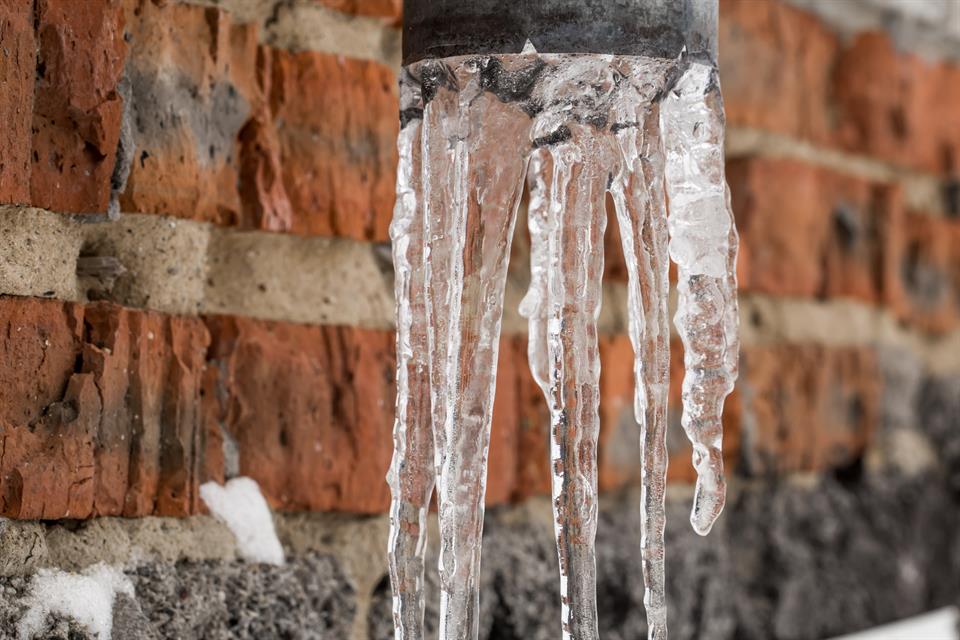Weather Umbrella Policy in Texas
Basic Definition and Structure
A weather umbrella policy in Texas provides additional liability protection specifically designed to address weather-related risks beyond standard homeowners or commercial insurance limits. Unlike traditional umbrella policies that broadly extend liability coverage across multiple areas, weather umbrellas focus specifically on meteorological event exposures. These specialized policies typically activate after underlying weather-related liability claims exhaust primary policy limits, providing an additional layer of protection ranging from $1-5 million. Texas's unique weather exposure—including hurricanes, tornadoes, hail, and severe thunderstorms—creates substantial liability risks that standard policies may inadequately address, making weather umbrellas particularly relevant for Texas property owners.
Coverage Scope and Applications
Weather umbrella policies in Texas address specific liability scenarios arising from severe weather events. These policies typically cover situations where your property's weather damage causes harm to others, such as falling trees damaging neighboring properties during storms, roof materials blown onto adjacent buildings during high winds or flooding from your property affecting neighboring homes. The coverage extends to both bodily injury and property damage claims resulting from weather-related incidents originating on your property. Some policies include coverage for temporary housing displacement of others when your property's storm damage affects neighboring habitability. This specialized focus distinguishes weather umbrellas from standard umbrella policies that provide broader liability protection across multiple risk categories.
Texas-Specific Considerations
Texas's geographic and climatic characteristics create unique applications for weather umbrella coverage. Coastal properties face hurricane-driven liability exposures, including storm surge damage affecting multiple properties and windborne debris that creates widespread property damage. The state's "Hail Alley" region generates frequent large hail events that can create chain-reaction property damage scenarios where one property's damage affects multiple neighbors. Urban heat island effects in major Texas cities can create liability for air conditioning system failures affecting neighboring properties. Properties with large trees face enhanced liability exposure during Texas's frequent severe thunderstorms and straight-line wind events. These state-specific weather patterns make weather umbrella coverage particularly valuable for Texas property owners compared to regions with less severe weather exposure.
Cost and Availability Factors
Weather umbrella policies in Texas typically cost $300-800 annually, depending on property location, underlying weather exposure, and selected coverage limits. Coastal properties command higher premiums reflecting increased hurricane exposure, while inland properties face more moderate pricing based on tornado and hail risks. These policies often require underlying homeowners or commercial property coverage with minimum liability limits before umbrella protection applies. Some insurers bundle weather umbrellas with standard umbrella policies rather than offering standalone weather-specific coverage. Availability varies by insurer, with some companies offering weather umbrellas only in high-exposure regions while others provide statewide coverage options for qualifying properties.






